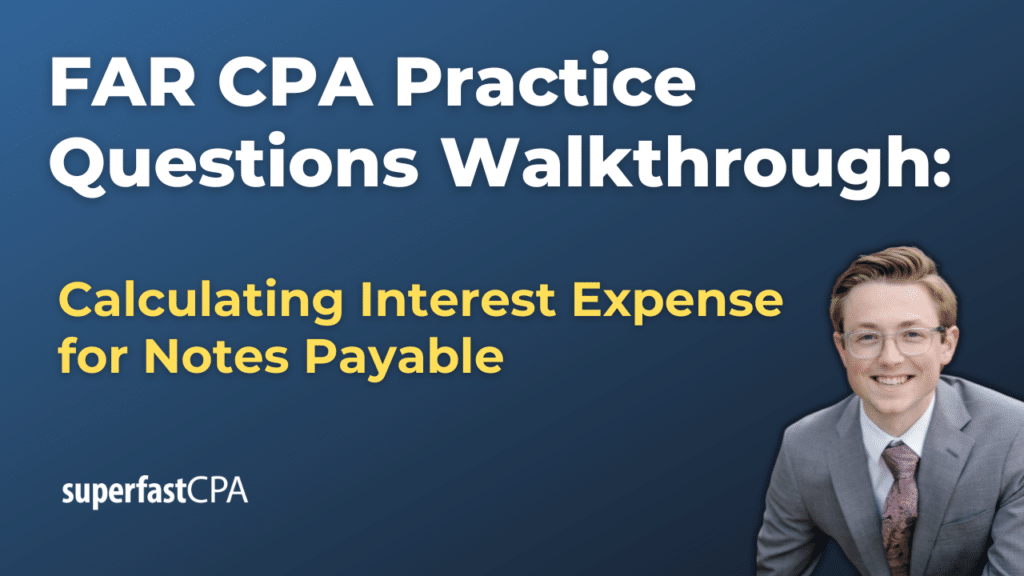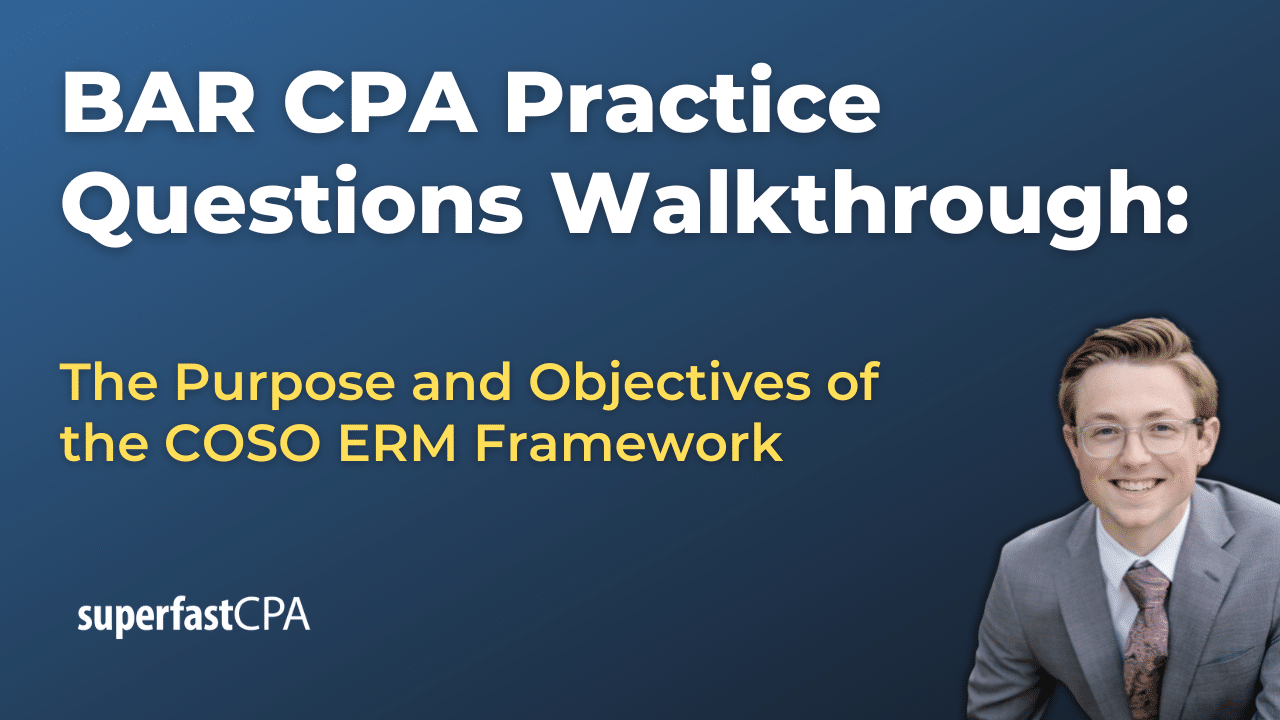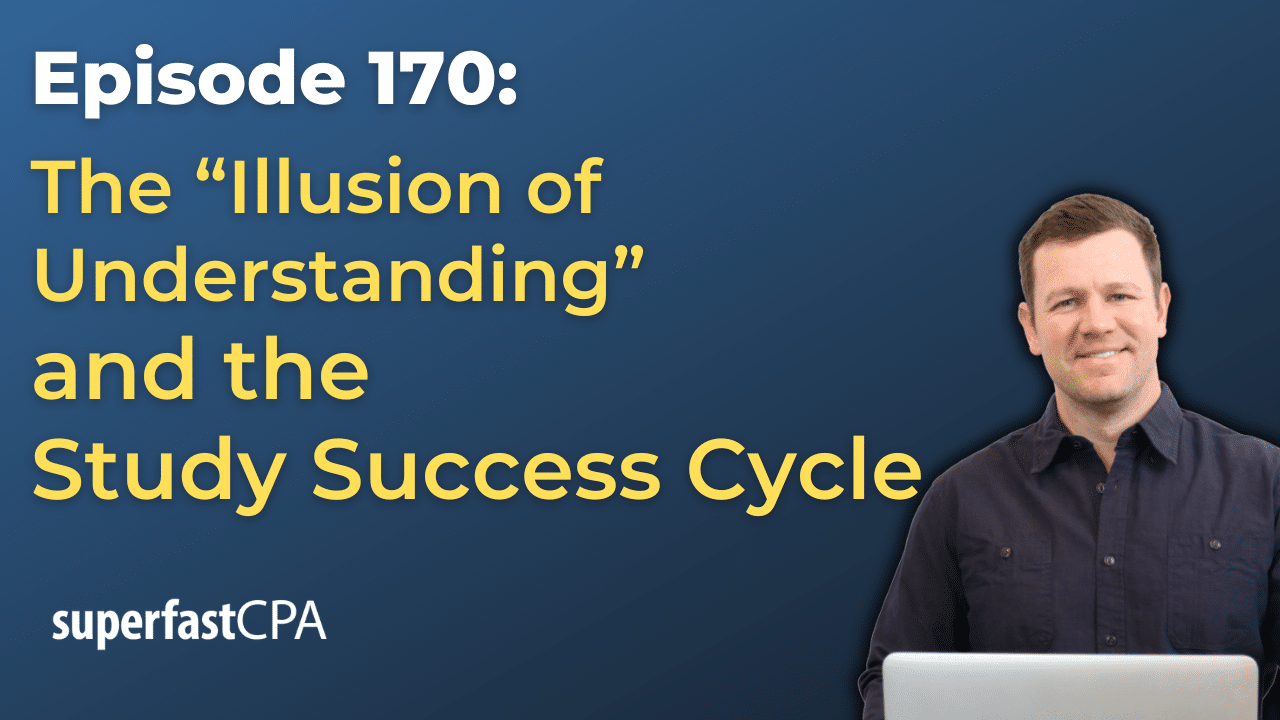In this video, we walk through 5 FAR practice questions teaching about calculating interest expense for notes payable. These questions are from FAR content area 2 on the AICPA CPA exam blueprints: Select Balance Sheet Accounts.
The best way to use this video is to pause each time we get to a new question in the video, and then make your own attempt at the question before watching us go through it.
Also be sure to watch one of our free webinars on the 6 “key ingredients” to an extremely effective & efficient CPA study process here…
Calculating Interest Expense on Notes Payable
Interest expense for notes payable is an essential calculation for businesses managing loans, as it directly impacts the company’s financial statements. Understanding how to correctly calculate interest expense on various types of notes, whether short-term or long-term, and with or without interest, is crucial. This guide will walk you through the basics of calculating interest expense on notes payable, covering discounted notes, imputed interest on non-interest-bearing notes, partial-year interest calculations, and handling notes with origination fees.
Basic Interest Expense Calculation on Standard Notes
For a standard note payable, interest expense is calculated by multiplying the note’s principal balance by the stated annual interest rate. This calculation applies for notes with fixed interest payments over the note’s term.
Example: Maple Corp. has a $100,000 loan with a 5% interest rate. The annual interest expense would be: Interest Expense = 100,000 × 5% = 5,000
This interest expense would be reported on the income statement annually. If payments are made quarterly, divide the annual interest by four to determine the quarterly interest.
Present Value and Total Interest on Discounted Notes
When a loan is issued at a discount (i.e., the company receives less than the face value), the difference between the total payments and the initial cash received represents the total interest expense over the loan’s term. The note’s present value is calculated using the market interest rate, which reflects the economic cost of borrowing.
Example: Lakeview Corp. issues a 7-year note with a face value of $200,000 and an 8% market interest rate. The note’s present value is $150,000. Annual payments of $34,517 will be made over 7 years.
- Calculate Total Payments: 34,517 × 7 = 241,619
- Determine Total Interest Expense: 241,619 − 150,000 = 91,619
Thus, $91,619 is the total interest expense to be recognized over the life of the loan, even though Lakeview Corp. received only $150,000 initially.
Accrued Interest Receivable on Notes with Periodic Payments
Accrued interest receivable is relevant for loans where interest is due periodically (e.g., quarterly or monthly). After each payment, the principal balance decreases, and interest is calculated on this adjusted balance. Accrued interest for partial periods can be calculated using the outstanding principal and dividing the annual interest rate according to the portion of the year.
Example: Willow Bank issued a $250,000 loan with an 8% annual rate, compounded quarterly, and payments of $15,000 are due each quarter. The first interest portion of the payment on December 1 was $5,000 (2% of $250,000). After this payment, the remaining balance was $240,000.
To calculate the accrued interest for December, use the remaining balance:
Monthly Interest for December: 240,000 × (8% / 12) = 1,600
So, $1,600 is the accrued interest receivable for December.
Partial-Year Interest Calculations
For loans issued or maturing partway through a year, interest must be prorated to reflect the number of months the loan was active during the year. This is common for short-term loans or notes issued or maturing at non-standard dates.
Example: Aspen Corp. has three loans outstanding in Year 2:
- Loan A: $80,000, issued on July 1, Year 1, matures April 30, Year 2 (4 months in Year 2). Interest Expense = 80,000 × 5% × (4 / 12) = 1,333
- Loan B: $100,000, issued on July 1, Year 2, matures March 31, Year 3 (6 months in Year 2). Interest Expense = 100,000 × 5% × (6 / 12) = 2,500
- Loan C: $120,000, issued on March 1, Year 2, matures December 31, Year 2 (10 months in Year 2). Interest Expense = 120,000 × 5% × (10 / 12) = 5,000
The total interest expense for Year 2 is the sum of these amounts: $1,333 + $2,500 + $5,000 = $8,833.
Recording Non-Interest-Bearing Notes at Present Value
For non-interest-bearing notes, or notes that don’t explicitly state interest, imputed interest must be calculated based on the market rate, and the note should be recorded at its present value. The difference between the face value and present value represents imputed interest and is recognized over the note’s term.
Example: Summit Corp. receives a $150,000 non-interest-bearing note due in 3 years. The market rate is 7%, and the present value factor is 0.8163. The present value is: Present Value = 150,000 × 0.8163 = 122,445
Over 3 years, Summit Corp. will recognize the difference between $150,000 and $122,445 as interest revenue. Each year, interest expense is calculated based on the carrying amount (starting with $122,445) and the market rate of 7%.
Conclusion
Understanding how to calculate interest expense on notes payable is essential for accurate financial reporting. Whether dealing with standard notes, discounted notes, or non-interest-bearing notes, recognizing interest expense correctly ensures compliance with accounting standards and provides an accurate view of financial obligations. Familiarity with concepts like present value, accrued interest, and prorated interest for partial-year terms will allow you to handle various scenarios effectively.













